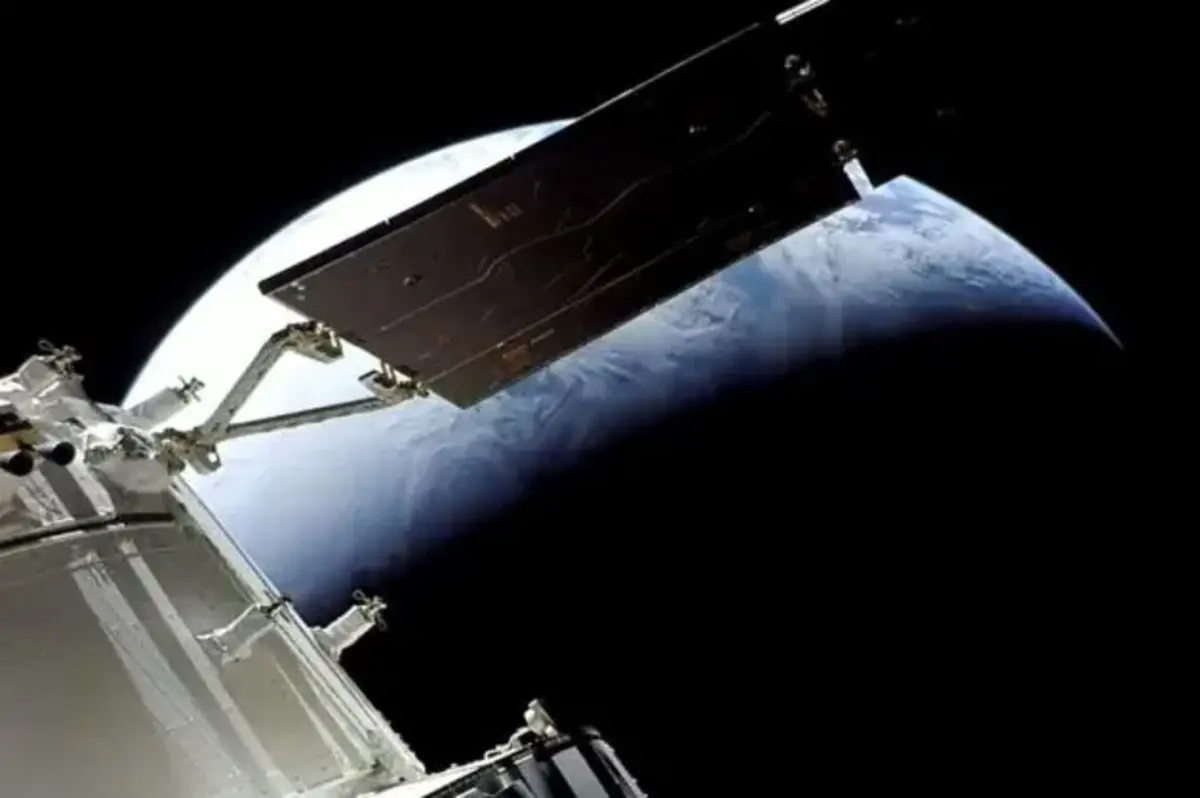While Chandrayaan-3 has made its mark in the space book, a long journey has concluded successfully. After a seven-year journey through space, a NASA capsule has safely landed in the deserts of Utah, marking a historic moment in space exploration. This capsule carries large samples of an asteroid ever collected by humans, and scientists are eagerly anticipating the wealth of knowledge these samples may unlock about our solar system’s formation and Earth’s habitability. Known as the Osiris-Rex Mission, this mission has been fundamental in the history of space exploration.
The Osiris-Rex Mission
Launched in 2016, the Osiris-Rex probe reached its destination, the asteroid “Bennu,” in 2020. Throughout its mission, it managed to collect approximately nine ounces (250 grams) of dust from the asteroid’s rocky surface, though scientists had hoped for more. Japan is the only other country to have successfully returned asteroid samples, providing about a teaspoon of material.
A Historic Sample Return
NASA scientists consider this sample return to be historic, comparing it in significance to the return of the Apollo moon rocks. Even with a relatively small amount of asteroid dust, researchers believe it will offer valuable insights into the types of asteroids that could pose a threat to Earth and shed light on the early history of our solar system.
Fiery Re-Entry and Soft Landing
The Osiris-Rex probe made its fiery re-entry into Earth’s atmosphere, a perilous journey that took just 13 minutes. Traveling at speeds exceeding 27,000 miles per hour and enduring temperatures of up to 5,000 Fahrenheit, the capsule’s descent was closely monitored, and parachutes were successfully deployed to slow it down to about 11 mph before landing gently in the Utah desert.
Next Steps: Examination and Dissemination
Upon arrival, the precious sample will be transported to a “clean room” at a Utah test range for initial examination. Subsequently, it will be sent to NASA’s Johnson Space Center in Houston, where it will be divided into smaller specimens for distribution to around 200 scientists across 60 laboratories worldwide. NASA plans to announce its initial findings from the sample study at a news conference on October 11.
Asteroids and Our Cosmic Origin
Asteroids, like Bennu, contain materials in our solar system for billions of years, offering a unique opportunity to study the solar system’s evolution. They may provide valuable insights into how our cosmic neighborhood formed. Furthermore, these celestial bodies have played a pivotal role in shaping Earth’s history, potentially delivering essential organic materials like water, and contributing to life’s development on our planet. But what makes Bennu so unique?
Bennu’s Peculiarities
Bennu, with a diameter of approximately 500 meters (1,640 feet), has garnered significant scientific interest due to its rich carbon content. Scientists suspect it may contain locked water molecules within its minerals. When the probe touched its surface in 2020, an unexpected discovery was made, revealing a surprisingly low density akin to a children’s pool filled with plastic balls. Understanding the composition of asteroids like Bennu could be crucial for future space endeavors and our comprehension of the cosmos.







